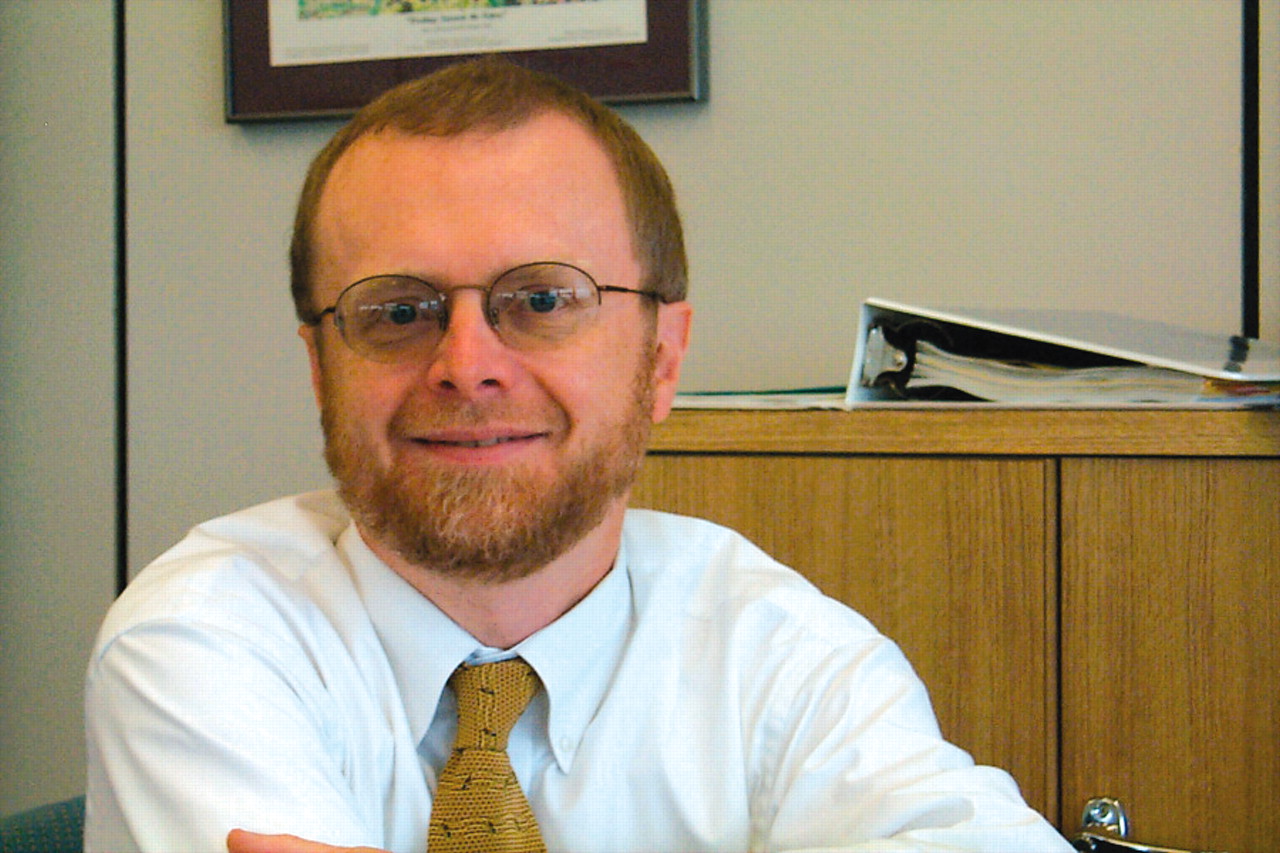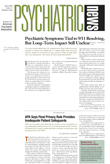As Americans have learned all too well in the last year, terrorist attacks, bioterror threats, and other disasters have mental health consequences that are often severe and pervasive.
Immediately after the events of September 11, 2001, the state and city of New York both realized that they did not have the luxury of time to plan for upgrading their ability to respond rapidly and comprehensively to the psychiatric fallout from the World Trade Center disaster and to terrorist actions that most experts believe will occur in the future.
At APA’s 2002 annual meeting, Chip Felton, M.S.W., of the New York State Office of Mental Health (OMH) described Project Liberty, the program his agency put in place to respond to the mental health needs of New Yorkers as they tried to cope with the impact of the attacks on their city and their neighbors, coworkers, and families.
The project offers a menu consisting of crisis counseling, mental health education, and referral services, said Felton, who is associate commissioner and director of the OMH’s Center for Performance Evaluation and Outcomes Management. It is a collaboration between public and mental health experts in the state agency and New York City and 10 suburban counties.
Categories of Need
Project Liberty’s response strategy is based on two categories of need. The first is broad-based public education about normative reactions to trauma and supportive counseling for individuals who request it. The second category, Felton noted, is identifying treatment needs for people who have been “highly impacted” and show symptoms of PTSD or depression, for example.
The project is “the first time there has been a major focus on community-level mental health needs since the community mental health center movement several decades ago,” he said. When Project Liberty began, the dimensions of the need for a mental health response to the attacks were unknown, and the OMH had no experience with a disaster of this scale that it could use as a reference point. Officials estimated, however, that as many as 3 million people in New York might experience “substantial emotional distress.”
After receiving a Federal Emergency Management Agency (FEMA) grant of $22.7 million, later supplemented by an additional federal grant of $132 million, one of Project Liberty’s first steps, Felton said, was to initiate a major public education campaign focused on “the normative signs of emotional distress” after a large-scale disaster and help people identify resources to assist them in coping with what they were experiencing.
Establishing Crisis Counseling
Project staff from the OMH also began to assist mental health agencies in New York City and neighboring counties in the development and implementation of plans for their local mental health response. These plans included establishing crisis-counseling resources designed to “help victims realize that their reactions are normal and help them develop coping skills that would allow them to resume their predisaster level of functioning,” Felton pointed out.
The focus was on support for “healthy people,” and services were thus provided in community facilities where people commonly congregate, such as schools and churches, rather than in mental health facilities, he explained.
In keeping with the goal of not directing everyone who needed crisis counseling to the mental health system, counselors recruited to participate were a mix of professionals and trained paraprofessionals. Project staff also tried to ensure that crisis counselors were “culturally competent” and directed outreach efforts at New York’s many ethnic communities, Felton said. Outreach was a particularly critical element of Project Liberty because organizers hoped “to reach people who typically do not see themselves as ones who would need counseling,” even after a disaster as major as the attacks on the World Trade Center. “Help has to be delivered in a way that people of different ethnic groups will accept,” he emphasized.
After providing counseling services to more than 80,000 individuals, including more than 4,000 who lost family members in the attacks, Project Liberty staff has learned several lessons.
“The bad news” is that it became obvious that “the public mental health system is not prepared to respond to incidents of mass violence,” he stated. Disaster planning for such an event “had to be developed from scratch.”
In addition, project staff learned that very little funding is available for people “who need intensive or unique psychiatric treatment after a large-scale traumatic event.”
On the good-news side, Felton said, they learned that a disaster of a scale endured by New Yorkers on September 11 “brings out the good in people and organizations.”
The OMH plans to apply for an additional FEMA/Center for Mental Health Services grant to continue the project’s crisis counseling, education, and referral services.
Intervention Operating Principles
Following Felton’s description of the New York response, Matthew Friedman, M.D., described several key “operating principles” for effective, early mental health intervention after a large-scale disaster. Friedman is a PTSD expert and the executive director of the National Center for Post-Traumatic Stress Disorder, established in 1989 as a program of the Department of Veterans Affairs.
Friedman’s conclusions and recommendations were derived from an October 2001 consensus conference on early postdisaster mental health interventions. Crucial among these is the assumption that people exposed to the disaster will recover, and planning should thus avoid an illness-focused clinical model, a principle that Felton said guided the New York intervention. Also, the mental health response and the professionals providing it must not be ad hoc but integrated into the overall health response, said Friedman.
He cautioned those planning a postdisaster response to be prepared to cope with “a deluge of well-wishers who can be a serious problem” despite their best intentions.
Critical Components
Working from those planning assumptions, Friedman described a hierarchy of critical components of early mental health interventions, beginning with a capacity to address “basic needs” of those most directly affected by the disaster.
The next component involves provision of “psychological first aid” to those who are in the most emotional distress.
Also necessary is an ability to assess the mental health needs at the level of individuals, groups, and large populations and to identify people who need mental health intervention through outreach and information dissemination.
Triage is the next critical component, where planning begins to approach “the traditional clinical arena” and requires an ability to channel people to clinical assessments, referral services, emergency hospital care, or other treatment options for people suffering from acute psychiatric problems, Friedman said.
As for long-term follow-up, he suggested targeting those who show acute stress disorders, are bereaved, have a pre-existing or history of psychiatric disorder, require medical or surgical interventions since their mental health needs are greater than other people’s, or whose exposure to the incident “is known to have been particularly intense or of long duration.”
There is, unfortunately, a severe lack of research data to show which early interventions are the most effective, even on such basic questions as whether it is better to implement them in the first 48 or 72 hours after a traumatic event or wait a week or so. ▪

